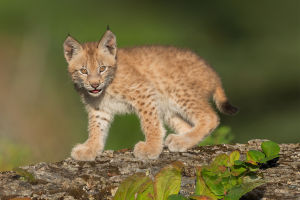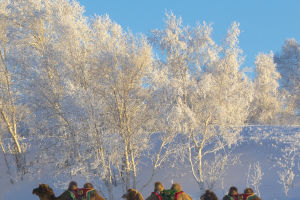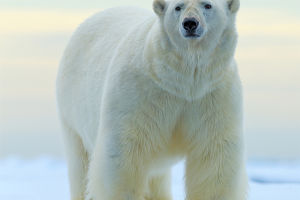Zebras are among the most recognizable animals in the world, thanks to their striking black-and-white stripes. Native to Africa, these herbivorous mammals belong to the horse family and play a vital role in their ecosystem.
Their unique patterns and intriguing behaviors have made them a subject of fascination for scientists and animal enthusiasts alike. Let’s uncover the world of zebras and explore some amazing facts about them!
What Are Zebras?
Zebras are members of the genus Equus, which includes horses and donkeys. They are primarily found in savannahs, grasslands, and mountainous areas of Africa. There are three main species of zebras:
Plains Zebra (Equus quagga): The most common species, known for its wide range and adaptable nature.
Mountain Zebra (Equus zebra): Found in rocky, mountainous habitats in Southern Africa.
Grevy’s Zebra (Equus grevyi): The largest species, characterized by narrow stripes and an endangered status.
Why Do Zebras Have Stripes?
The iconic stripes of zebras are not just for show; they serve several purposes:
1. Camouflage: The stripes create an optical illusion that makes it difficult for predators to single out one zebra in a herd.
2. Thermoregulation: The stripes may help regulate body temperature by creating airflow differences.
3. Pest Deterrent: Research suggests that stripes discourage biting insects, such as flies, from landing on zebras.
Fascinating Facts About Zebras
1. Unique Stripes: No two zebras have identical stripe patterns, making them as unique as human fingerprints.
2. Social Creatures: Zebras live in herds and have strong social bonds. They often groom each other as a form of interaction and stress relief.
3. Excellent Runners: Zebras can run at speeds of up to 65 km/h (40 mph), making them adept at escaping predators.
4. Communicative Ears: The position of a zebra’s ears can indicate its mood. Forward-facing ears show interest, while pinned-back ears signal anger.
5. Incredible Memory: Zebras remember watering holes and migratory routes, even in harsh conditions.
6. Strong Maternal Bonds: Zebra mothers recognize their foals by their unique scent and stripe pattern.
Where to See Zebras?
To witness zebras in their natural habitat, you can visit renowned African wildlife parks, such as:
Serengeti National Park (Tanzania): Famous for the Great Migration.
Masai Mara Reserve (Kenya): A haven for plains zebras.
Etosha National Park (Namibia): Home to the mountain zebra.
The Role of Zebras in the Ecosystem
Zebras are grazers, feeding primarily on grass. Their feeding habits prevent grasslands from becoming overgrown and encourage new growth, benefiting other species. Moreover, zebras serve as prey for predators like lions and hyenas, playing a crucial role in the food chain.
Zebras are much more than their iconic stripes; they are integral to Africa’s ecosystems and a symbol of wild beauty. By understanding and protecting these remarkable creatures, we ensure the preservation of a vital piece of the planet’s biodiversity. So, Lykkers, next time you think of zebras, remember that behind their monochrome elegance lies a world full of complexity and charm!


